Are you ready to go Everest base camp trek? How to book the Everest base camp trek? The Everest Base Camp (EBC) Trek is the most iconic trekking adventure on earth. Located in the heart of the Khumbu district in Nepal, the trek offers you the breathtaking views of the Himalayas, Sherpa villages, ancient monasteries dating back to centuries, and ultimately to the foot of the tallest mountain on earth—Mount Everest (8,848.86 m).
Whether you are an experienced trekker or just a beginner who is lured by the Himalayan opportunity, preparation is key. From trek booking to training, packing your backpack, and choosing an agency, here’s what you can do to make the most out of your EBC experience
Choose the EBC Trek Package as your time and Budget
Before booking the EBC trek, choose a package that fits your time, budget, and comfort level. There are several options available—from budget-friendly to luxury experiences. If you prefer to stay in comfort lodges during the trek, consider choosing the luxury package. Alternatively, the standard package offers a balanced experience at a moderate price.
Trekking Packages:
-
Luxury Package – 16 days | Premium experience with high-end accommodations and services
-
Comfort Package -16 Days | – Mid-range option offering good comfort at a reasonable price
-
Basic Package- 12 days | – Budget-friendly choice with essential services and accommodations
First Book the Nepal Flight
Before booking your Everest Base Camp Trek, ensure that your passport is valid for at least 6 months. This is a Nepal entry requirement, so do make sure to have it checked in advance to prevent last-minute problems. Having all of your documents in order will make your travel experience much more convenient and keep things running smoothly.
For treks, book your flight to Nepal in advance. Trekkers usually enter the country through Kathmandu, and flights from Lukla, the start of the trek, are fully booked when trekking in high season. Fly early in order to receive a good fare and not miss your connections for your trek.
And for your Nepal visa, you can apply ahead of time online, or they will give you one upon arrival at the Kathmandu airport. It’s simple, and you don’t pay for the visa until you’re in the process of coming in, so then you’ll just pay the fee. Having it ahead of time will be quicker, but either is quick and easy.
Reserve Booking EBC Trek with Good Agency
Reserving your EBC trek is the first and most important step. Even though a few tourists like to organize the trek independently, it’s best to go through a registered and trustworthy trekking agency. A decent agency books permits, flights, accommodations, and a qualified guide, so your trek will be safe and pleasant.
What Makes a Good Trekking Agency?
Choosing the proper trekking company can be the difference between a successful and unsuccessful Everest Base Camp adventure. With so many choices available, though, how do you determine who to believe?
A good agency is more than booking your lodge or engaging a guide—it’s your safety, comfort, and the quality of the trek as a whole. From qualified guides to adequate emergency services, there are several key things to look for in making your decision.
Here’s a quick overview of the key things that set a professional and reliable trekking agency apart:
| Criteria | Why it matters |
| Experience | Years of operating in the region ensures reliability |
| Guide Certificate | Trained, licensed guides enhance safety & knowledge |
| Transparent Pricing | Avoid hidden costs and poor-quality services |
| Local Reputation | Check reviews, testimonials, and referrals |
| Emergency Support | Oxygen, evacuation support, and first-aid trained staff are essential |
Key Note: Avoid agencies that over promise and under deliver: quality always comes at a fair price.
Why Low-Cost Trekking Isn’t Always Worth It
For high-altitude treks like Everest Base Camp, the cheapest package price is not always the best option as it will result in big compromises on comfort and safety. Budget packages usually employ inexperienced or poorly trained guides, who can be risky in untapped areas and unstable weather.
The packages usually offer substandard quality accommodations and food, which can affect your health and energy during the trek. Also, none of these budget treks actually try acclimatization properly, so there are more chances of you falling sick due to altitude.
One very commonly-overlooked point is hidden cost, while the price might look like a deal, you’ll be charged some extra amount for things like hot shower, drinking water, charging electronic devices, or even porter fees.
The other big drawback is the poor staff support. To cut costs, budget teams will use one person to do multiple jobs, scout, porter, and even cook, leading to exhaustion and poor quality of service. Such teams are not prepared to act in the event of an emergency and also do not have access to oxygen supply or helicopter evacuation plan. Safety can never be taken lightly at such altitudes.
Hiring through a good agency assures you of a well-trained crew, open expenses, and proper emergency protocols. Investing in quality not only makes you more comfortable but also significantly improves your chances of making it through the trek safely and successfully.
Training Before the Trek
Even though Everest Base Camp Trekking is not mountaineering, it must be extremely physically fit. The trekking for over 12–14 days needs hours of walking, steep ascend and descend, and uncertain climatic conditions. The body would start getting tired very soon with an un-conditioned body, and the trekking would become increasingly more tough and unbearable.
One of the largest obstacles isn’t distance—it’s elevation. When you climb higher than 3,000 meters, the oxygen level is lower, and your body has to work that much harder. Training enables your cardiovascular system to acclimatize and enables your body to deal better in low-oxygen environments, reducing the risk of altitude sickness.
Conditioning your muscles and joints is also a great idea for hiking on rugged terrain for several days. Strengthening your legs, core, and back—and cardio—can avoid injury and keep your energy up when hiking consecutively. Starting at least 6–8 weeks prior allows your body to build endurance.
Don’t Forget Insurance
Treks insurance is not a mere formality—it’s a lifesaving safety net while traveling to high-altitude areas such as Everest Base Camp. The rugged landscape, volatile climate, and high-altitude threats make it obligatory to have an insurance policy covering unexpected emergencies. Without insurance, even small mishaps can become costly, tiresome ordeals, particularly when evacuation becomes necessary.
Look for a travel insurance policy that includes specific coverage for trekking above 5,000 meters. Most standard plans only cover lower altitudes, so you need to look for the altitude limit of the policy. For the Everest region, your policy needs to cover 5,500 meters or more, which will cover the highest point you will be trekking to—Kala Patthar (5,545 m).
It should also include emergency helicopter evacuation, which can cost thousands of dollars if you need to pay it out of pocket. If you get bad altitude sickness or in an accident, a helicopter may be the only way to get you to a hospital in time. It should also include trip cancellation, flight delays, and medical treatment—Lukla flights are regularly delayed due to weather, and coverage can save you from some unexpected costs.
Finally, if you’ll be carrying expensive gear or electronics, seek out a plan that includes lost or stolen equipment. While theft is rare on the trail, it’s nice to have the coverage. Overall, having the right trekking insurance gives you peace of mind so that you can focus on the adventure—and not the what-ifs.
Get Your Packing List Ready for Everest Base Camp Trek
Packing for this trek can be a lot of work. But it doesn’t have to be. The first and important thing is to bring your gear to stay safe while dealing with high altitudes along with changing weather situation. One of the main thing is bringing lightweight and durable clothes and also do not forget layer so you can adjust to the temperature changes throughout the day.
During trekking one of the most important item is footwear. Your footwear should be sturdy along with comfortable trekking boots that are broken in and are ready for long rocky paths. As you move higher in the mountains, a warm down jacket and a outer layers are also must haves to protect you from the cold and rain. Night at high altituide are very cold so packing a good sleeping back is also comfortable.
Accidents never come announced so always have a first aid kil along with personal items sunscreen and a water purification packets to stay healthy and hydrated throughout the trek. Packing thoughtfully means you’ll have everything you need, without assessing yourself with extra gear.
Ready for the Adventure of a Lifetime?
The Everest Base Camp Trek is more than just a trek—it’s a personal achievement, a stroll through breathtaking Himalayan vistas, and an experience that lasts a lifetime. But the key to making it truly unforgettable is to be well prepared and to have the right support team backing you every inch of the way.
With decades of experience, excellent reviews, and a deep passion for the mountains, Adventure Great Himalaya is here to make that dream a reality. From permits to guides, gear recommendations to flights, they do it all—you can focus on the climb, the summit view, and the culture.
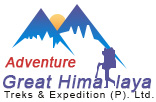
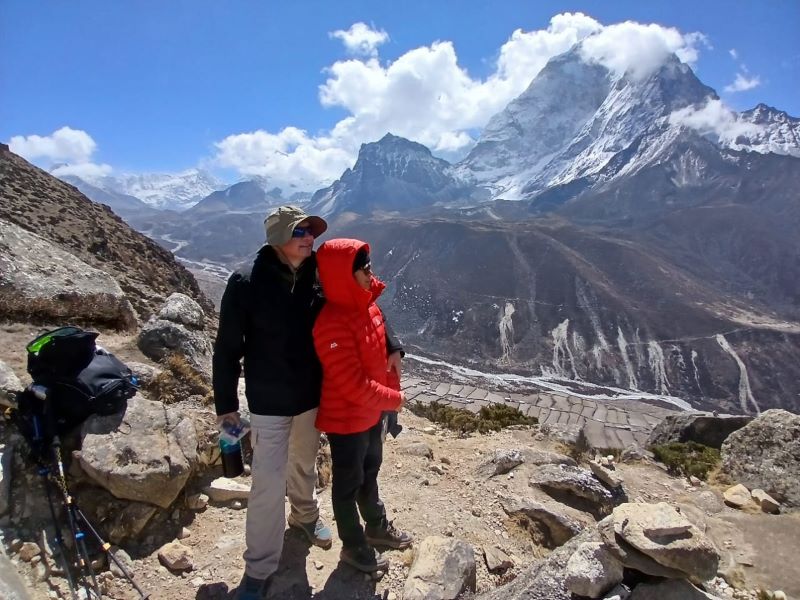
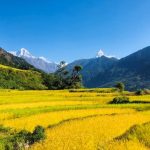 Saturday, October 18th, 2025
Saturday, October 18th, 2025
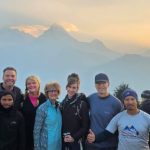 Friday, October 17th, 2025
Friday, October 17th, 2025
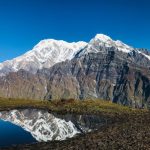 Saturday, August 30th, 2025
Saturday, August 30th, 2025
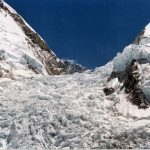 Wednesday, August 27th, 2025
Wednesday, August 27th, 2025
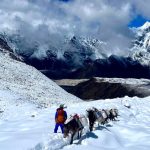 Wednesday, August 20th, 2025
Wednesday, August 20th, 2025
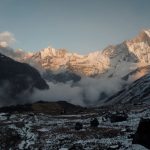 Wednesday, August 20th, 2025
Wednesday, August 20th, 2025
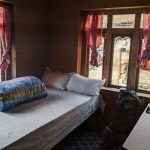 Monday, July 7th, 2025
Monday, July 7th, 2025
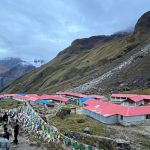 Thursday, July 17th, 2025
Thursday, July 17th, 2025
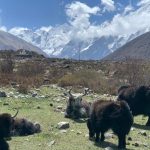 Monday, July 7th, 2025
Monday, July 7th, 2025
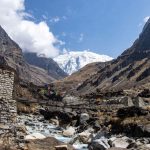 Friday, May 9th, 2025
Friday, May 9th, 2025
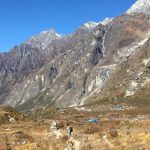 Saturday, June 14th, 2025
Saturday, June 14th, 2025
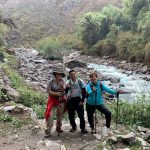 Wednesday, June 25th, 2025
Wednesday, June 25th, 2025
